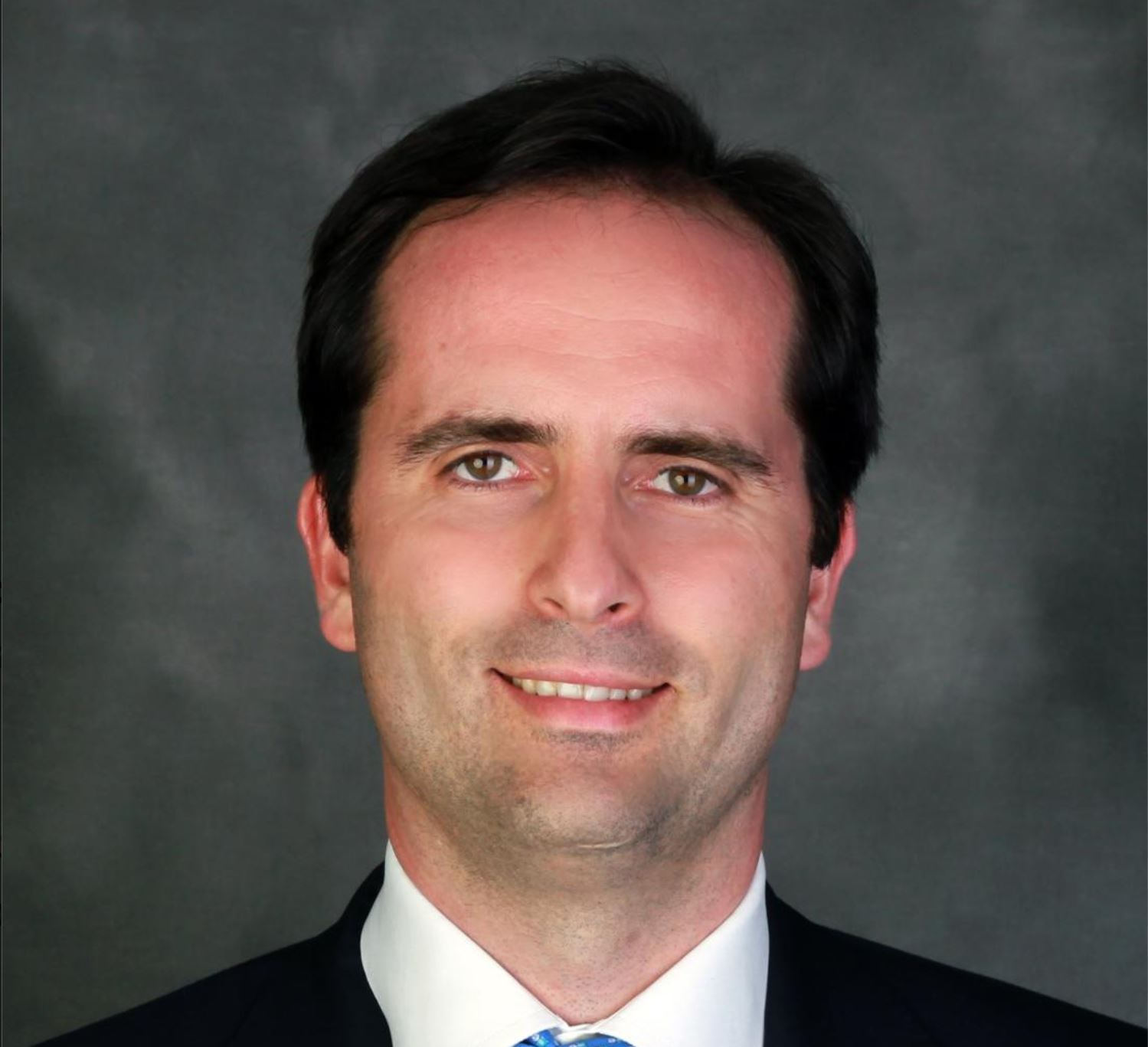According to Peter Harrington-Howes, Portfolio Consultant with the Solutions Group at Natixis Investment Managers, portfolio managers should avoid making dramatic changes in their portfolio allocation at this point. As a growing number of COVID-19 cases is spreading across the United States and Europe, the global market sentiment has been thrown into upheaval. During these uncertain times, portfolio managers could possibly obtain better results for their clients if they left their portfolios to stay the course, as de-risking or increasing risk positions to them may have an adverse effect on the recovery of the portfolio.
The virus outbreak is still far from having reached a global peak, the number of people affected by the disease in the United States, especially in New York, Italy or Spain are still substantial. The market sentiment is bearish, equity markets continue to experiment outflows, but credit outflows seem to have capitulated. So far, the markets have priced in a deep but short recession, however the global economy is far from showing signs of restarting.
The recovery could happen in many different shapes. Depending on the duration of the coronavirus outbreak, it may take the form of a U-shaped recovery – a deep but short global recession, being the base of the U a function of fiscal and monetary policy response and the time taken to contain the outbreak-, a W-shaped recovery -a global recession that sets in but massive fiscal and monetary response provides backdrop for a sharp recovery in risk assets, however risk appetite, consumer and business sentiment are slow to recover- or a L-shaped recovery – a global recession in which the demand shock and the lack of confidence lengthens the economic recovery. Although a possible V-shape recovery has been disregarded, it is still too early to identify which will be the final recovery shape that this crisis will take. Therefore, Harrington-Howes advises to evaluate how the portfolio is doing with its current allocation, rather than going risk on or risk off the portfolio as this could increase the unpredictability of the returns.
Historical comparison with previous market drawdowns and recoveries
Over the past 30 years, the S&P 500 index has experienced several drawdowns: the Operation Desert Storm in 1990, the Asian Financial Crisis in 1998, the Tech Bubble in the early 2000s, the Global Financial Crisis in 2008 – 2009, the Oil crisis in 2014-2016 and most recently the Coronavirus crisis together with the Saudi Arabia’s oil price war. By looking at the recovery path followed by the S&P 500 index after each crisis, it could be said that it follows a random pattern. Some of the recoveries have been quick, happening in a bit more than 51 days. Whether or not the coronavirus crisis takes a V-shape recovery will depend on the resurgence of cases in China, where the outbreak started first and some parts of the country have already resumed their normal activity.
Looking at the anatomy of the drawdown of the S&P 500 during the Global Financial Crisis and hoping that the Covid-19 crisis will not be tracing the previous one, Harrington-Howes explains that back in October 2007, at the very beginning of the crisis, the market plunged a 45%. Luckily, the market has not reached those levels during the current crisis, but it has been close, reaching a 33% drawdown from its peak in February.
Impact on Latin America & US Offshore moderate model portfolios
To evaluate the impact of the COVID-19 crisis on the model portfolios with a moderate risk profile in Latin America and US Offshore, the Portfolio and Consulting Group of Natixis Investment Managers created an index version of these portfolios.
The index version of the Latin American and US Offshore moderate portfolios is a collection of indexes with allocations that corresponds to the average allocations of 38 moderate profile model portfolios managed by financial advisers and wealth management companies in the United States and Latin America that Harrington-Howes and his team analyzed during the second semester of 2019 through their complementary Portfolio Clarity Service.
The main objective of this exercise is to get an idea of which assets are contributing to the returns of the portfolios and which assets have hurt them from a historical perspective. This index version invested 40.7% in equities (15.3% Global Equity, 9% Equity US growth, 8.9% Equity US value, 2.2% Equity Europe, 0.9% Equity Japan and 4.4% Equity Emerging Markets), 39.5% in fixed income (13% Global Aggregate (Hedged), 16.19% US Aggregate, 3.9% Global High Yield (Hedged), 0.7% US TIPS, 1.8% EM Dollar, 2.8% EM Local, 0.2% bank loans, 0.8% preferred securities, 0.2% convertible bonds), 8.9% in multi-assets (2.2% conservative multi-assets, 3.4% moderate multi-assets, 3.4% Aggressive multi-assets), 7.3% in liquid alternative assets, 2.6% in monetary assets and 1.1% in commodities.

During the period between February 19th and March 25th, the index version of the model portfolio with a moderate profile of US Offshore and Latin America experienced a 14.8% drawdown, with the main detractors of performance being the positioning in Equity US value, with a loss of 29.3%, Multi-assets aggressive, with a drop of 28.1% and European equities with a decline of 23.5%. On the positive side, the contribution of 0.3% in returns for US TIPS and 0.2% in returns for monetary assets.
One of the things that Harrington-Howes considers important to know about the model portfolio is to have a look at the correlation of its assets. Over the last three years, there has been a negative correlation between the US Aggregate Bond and the S&P 500 indexes, but during the recent drawdown the correlation between these two indexes has increased. However, the correlation between the US Aggregate Bond index and other fixed income instruments (Treasuries, EM dollar bonds, EM local bonds and bank loans) have spread out, experiencing an increase in negative correlation in that space.
It is necessary to know how diversified safety assets within the model portfolio are. Assets that are more correlated tend to move in tandem, therefore it is important to identify them to have a better idea of whether there are enough sources of diversification among assets to mitigate risk in the portfolios.
Themes to watch
Both ESG and Min Vol strategies have been big topics of conversation among advisors and clients. Comparing the returns obtained from February 2017 to January 31st of 2020 (3 years before) to those obtained from February 19th to March 25th (peak to drawdown in recent markets), both ESG and Min Volatility strategies have obtained better results that the broad indexes (MSCI World Index, MSCI US index and MSCI Emerging Markets).
Since the oil and gas industry is one of the most affected sectors during the current crisis and the ESG strategies mitigate their exposure to this industry, the ESG strategies have demonstrated this time that they are not only “feel good” strategies, as they have outperformed the market.
For more information on Solutions or Portfolio Clarity contact your relationship manager at Natixis.




